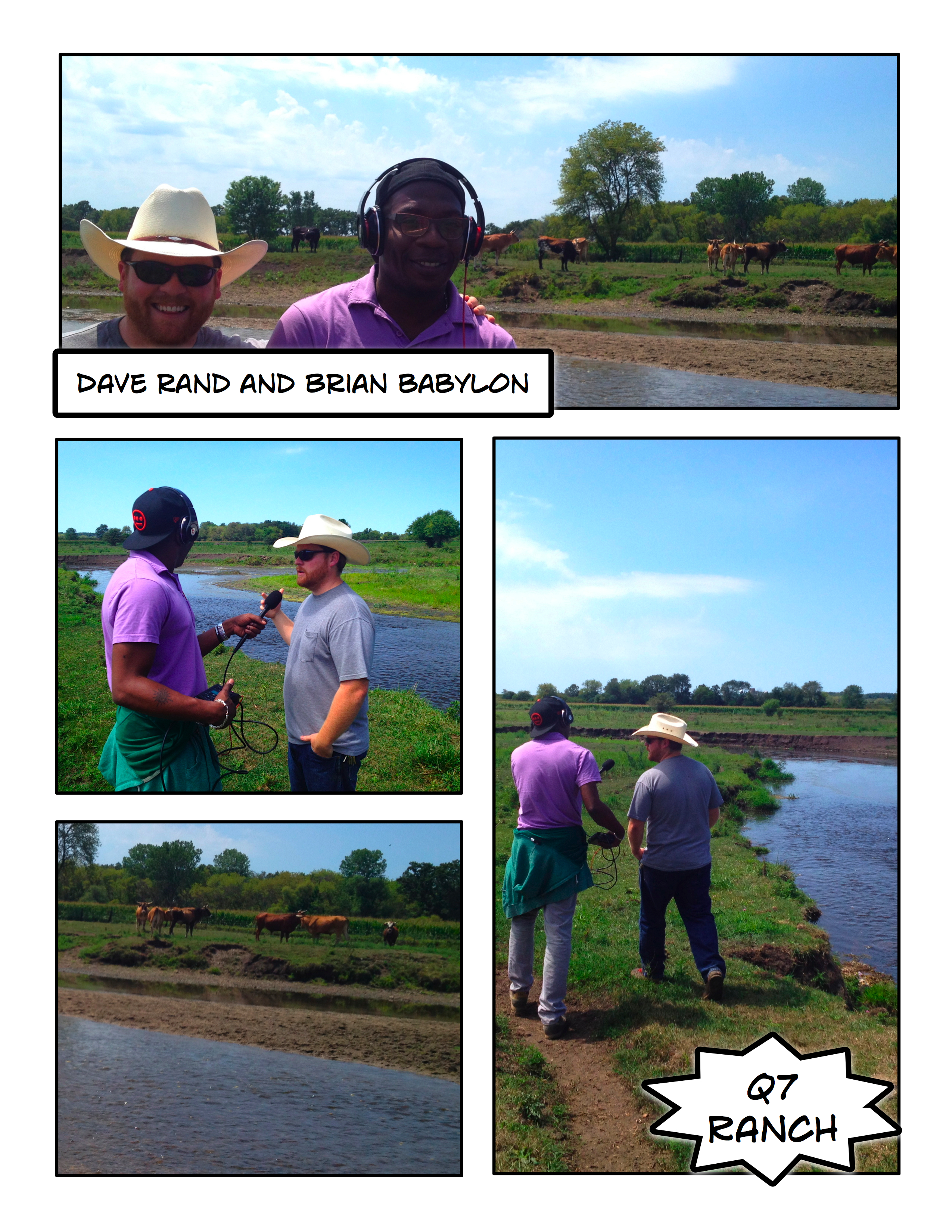What does a drought do to a ranch full of grass-fed cattle?
By Kate Dries

What does a drought do to a ranch full of grass-fed cattle?
By Kate Dries
We’ve all heard about how the drought in the Midwest has impacted the lives of farmers and their crops. To get a sense of the drought and its affect on the grass-fed beef industry, Brian Babylon visited Quarter Circle Seven Ranch in Marengo, Ill., about 60 miles northwest of Chicago.
On the way to the farm, Dave Rand of Q7 stops at a nearby corn field. He bends over and picks up a clod of dirt, and as he lets it go, it evaporates into the wind. This isn’t the rich, moist soil agriculture relies on.
Luckily for Q7, a stream meanders through the land, which means cattle have fresh water to drink and green grass to eat despite the worst drought in 100 years.
Listen to find out more about Q7 and what the drought means for the grass-fed beef and commodity beef industries on Friday’s Afternoon Shift.
---
Dave doesn’t call himself a cowboy. “I’m a fella who works with the cattle business,” he says. “I work with a few cowboys, and if I were to call myself that I’d look like a real fool…A cowboy is really something that was created in the west and raising cattle is a little bit different. This is probably the closest you’ll get to a western cattle ranch you’ll see around here.”
“We decided awhile back that this would be a local business,” says Rand. “We figure there’s 7 million people in the Chicago area…and if we can’t create a demand out of that, we’re doing something wrong.”
“There’s a positive feedback loop when you graze cattle on land like this…It’s putting natural resources to it’s best potential…we raise them to a target harvesting weight, which for us is quite a bit smaller than your commodity beef.” Rand says major cattle ranches try to get their steers to 1500 to1600 pounds, while a Q7 cow is half that.
“We have had probably more vegetarian converts come to us than almost any other population,” says Rand. “There’s a lot of reasons not to eat meat…and I often say eat less meat…but you can at least have some sense of responsibility about what you’re doing.”
“This is a bad drought but it doesn’t appear it’s going to last for 10 years in a row…it’s seasonal,” says Rand, from his observation and study. “With climate change you’re going to get more dramatic changes every year, and this is clearly evidence of that. And that’s undeniable.”
But the drought, whether seasonal or due to climate change or what have you, does affect the corn population:
“Corn is in everything…but that being said, feeding corn at it’s most expensive and most volatile time to cattle, it doesn’t make sense, but that’s the system we created, so that’s what people are going to keep doing, from McDonald’s to Gibsons,” says Rand.
